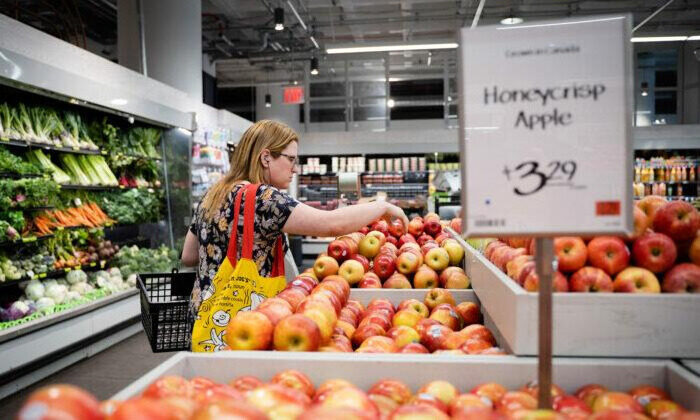The decreases in payments are driven by two main factors, Food and Nutrition Service (FNS) said in an update in early January.
FNS is an agency under the U.S. Department of Agriculture (USDA).
Firstly, the temporary increase to SNAP benefits during the COVID-19 pandemic - also known as emergency allotments - will end after the February 2023 payment.
The emergency allotments gave most SNAP households approximately $95 in extra payment, the agency said.
"All SNAP households have or will see a decrease to the SNAP benefits they receive when emergency allotments end. Some SNAP households already experienced that change; others will in February or March 2023," FNS said in the announcement.The extra payments have ended in 17 states including Alaska, Arizona, Arkansas, Florida, Georgia, Idaho, Indiana, Iowa, Kentucky, Mississippi, Missouri, Montana, Nebraska, North Dakota, South Dakota, Tennessee, and Wyoming.
SNAP households in South Carolina will see emergency allotments end after the January payment.
For the remaining 32 states, the District of Columbia, Guam, and the U.S. Virgin Islands, the SNAP benefits amount will return to the pre-pandemic level.
Another factor that could cause SNAP benefits to go down is increases in Social Security benefits.
The social security payments have increased since Jan. 1 because of substantial increases in costs of living adjustment (COLA).
"Households that receive SNAP and Social Security benefits will see a decrease in their SNAP benefits as early as January 2023 because of a significant increase to their Social Security benefits to reflect the cost of living," FNS said.However, the SNAP households will still see a net gain because the decrease in SNAP payments is smaller than the increase in Social Security benefits.
According to governmental data (pdf), almost 42 million persons or 22 million households have registered in the SNAP as of October 2022.
SNAP Costs Reach Record $119 Billion
The cost of the SNAP increased to a record $119.5 billion in 2022, according to data released by USDA.
SNAP costs increased from $60.3 billion in 2019, the last year before the pandemic, to a record-setting $119.5 billion in 2022. The number of participants had increased from 35.7 million in 2019 to almost 42 million in 2022.
The increased costs can be attributed partly to a higher monthly benefit during the pandemic. States offered additional money throughout the pandemic.
According to USDA data, the average monthly per-person benefit was $129.83 in 2019. It increased by 78 percent to $230.88 in 2022.
The Center on Budget and Policy Priorities reported the 2018 farm bill also increased the maximum SNAP benefits by 21 percent effective October 2021. That increase was to "accurately reflect the cost of a healthy diet," the Center on Budget and Policy Priorities stated.




SNAP recipients from being able to buy staple foods such as:
raw meat,
butter,
flour,
cooking oil,
salt,
and much more.
[Link]